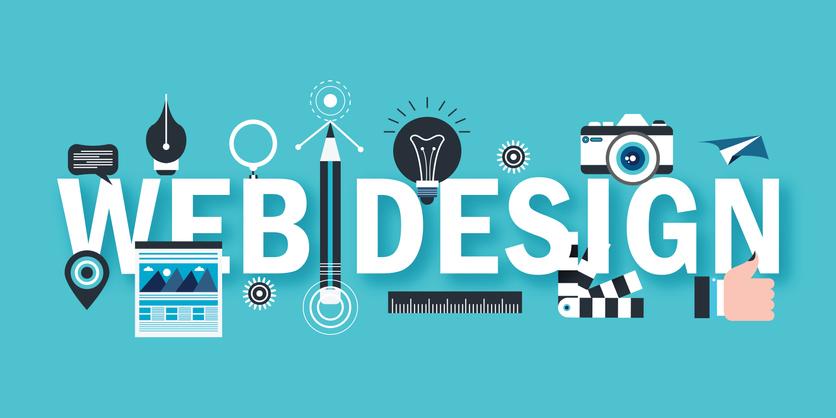
In the rapidly evolving digital landscape, websites have become the cornerstone of modern communication and business. A well-crafted website has the power to captivate visitors, convey a brand’s essence, and drive desired actions. This convergence of aesthetics, functionality, and user experience is all made possible by the art and science of website design. In this article, we will delve into the fascinating world of website design, exploring its key elements, importance, and how it shapes the online realm.
Website design is an intricate blend of artistry and functionality. On one hand, it requires a creative eye, where designers employ color palettes, typography, and imagery to create visually stunning layouts that reflect a brand’s personality. On the other hand, it demands the meticulous arrangement of elements, intuitive navigation, and responsive design to ensure seamless user interactions.
A professional web design agency understands the importance of intuitive navigation, clear messaging, and mobile responsiveness to create a seamless user experience. They employ industry best practices to ensure that your website is easy to navigate, loads quickly, and is accessible across different devices. By prioritizing user needs and preferences, a web design agency can engage visitors, reduce bounce rates, and increase the likelihood of conversions.
Key Elements of Website Design:
1. Visual Design: The aesthetics of a website play a vital role in capturing the attention of visitors. Colors, fonts, images, and graphics are strategically chosen to evoke emotions and align with the brand’s identity. Visual design sets the tone for the user’s journey and shapes their perception of the content.
2. User Interface (UI) Design: User Interface design focuses on the layout and arrangement of elements to enhance user interactions. Intuitive navigation, clear calls-to-action, and logical information hierarchy are crucial components of effective UI design.
3. User Experience (UX) Design: UX design aims to create a seamless and enjoyable journey for users. Understanding user behavior, conducting usability testing, and optimizing the user flow is part of the UX designer’s toolkit. A positive user experience leads to increased engagement and conversions.
4. Responsive Design: With the diverse array of devices used to access the internet, responsive design has become imperative. A responsive website adapts to various screen sizes, ensuring that the content is accessible and legible across desktops, laptops, tablets, and smartphones.
5. Content Creation: Engaging and relevant content is the backbone of any website. Website designers collaborate with content creators to ensure that the design complements the message, making the content visually appealing and easy to consume.
The Importance of Website Design:
1. First Impressions Matter: In the digital realm, first impressions are formed within seconds. An eye-catching and well-organized website immediately captivates visitors and encourages them to explore further. Conversely, a poorly designed website may lead to high bounce rates and lost opportunities.
2. Brand Identity and Trust: A professionally designed website conveys credibility and trustworthiness. A consistent and visually appealing brand identity fosters a positive perception of the business, encouraging users to engage and transact with confidence.
3. Enhanced User Experience: A well-designed website is easy to navigate, creating a seamless user experience. Intuitive navigation and quick access to information lead to higher user satisfaction and prolonged website visits.
4. SEO Friendliness: Website design influences search engine optimization (SEO). Search engines favor user-friendly and responsive websites, leading to better rankings and increased organic traffic.
5. Competitive Edge: In today’s competitive digital landscape, a standout website can give businesses a competitive edge. An innovative and user-centric design can set a brand apart from its competitors and leave a lasting impression on visitors.
Conclusion:
Website design is an extraordinary blend of artistic expression and functional ingenuity. It serves as the digital gateway to businesses, connecting brands with their audience and potential customers. Through the harmonious interplay of visual elements, user-centric design, and responsive layouts, website design brings the essence of a brand to life on the digital canvas. As the digital landscape continues to evolve, website design remains an ever-evolving art form, creating immersive and captivating experiences that shape the online world.








